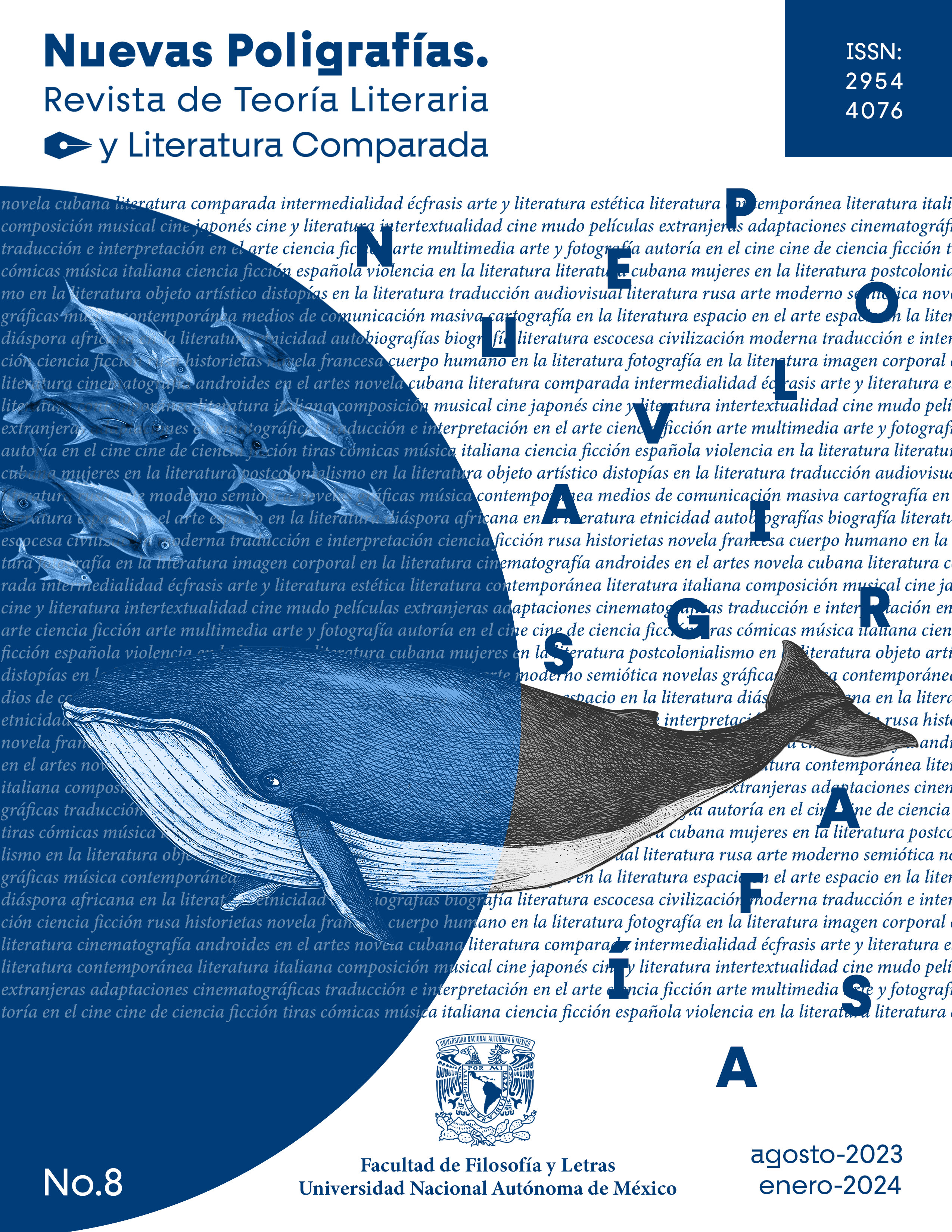Art Objects in José Lezama Lima’s Paradiso
Main Article Content
Abstract
Some studies on intermedial crossings, in particular on the classical topic of ut pictura poesis and ekphrasis, have pointed out that the relationships between literature and visual arts reveal the aesthetic configuration and the idea of mimesis underlying literary works (Gabrieloni). From this perspective, we propose to examine, in the first place, the intermedial crossings from the analysis of ut pictura poesis and the ekphrasis of artistic objects to observe the aesthetic conception present in Paradiso (1966) by Cuban writer José Lezama Lima. The hypothesis of this paper argues that, in the novel, ut pictura poesis exposes a redefinition of the category of modern enlightened art: the distinctions between form and function, art and life, high art and popular art, intellectual activity and manual activity, individual creation and collective creation. Moreover, this critical vision entails, fundamentally, a non-linear model of temporality, conceived based on the notion of confluence, an alternative to that which predominates, not only in modern historiography, but also in the different strands of the European artistic avant-gardes. Finally, this approach allows us to investigate the parallels between objects, images, and words, within the framework of a poetics that emerges in the intersections between the visual and verbal planes.
Article Details

This work is licensed under a Creative Commons Attribution-NonCommercial-NoDerivatives 4.0 International License.

